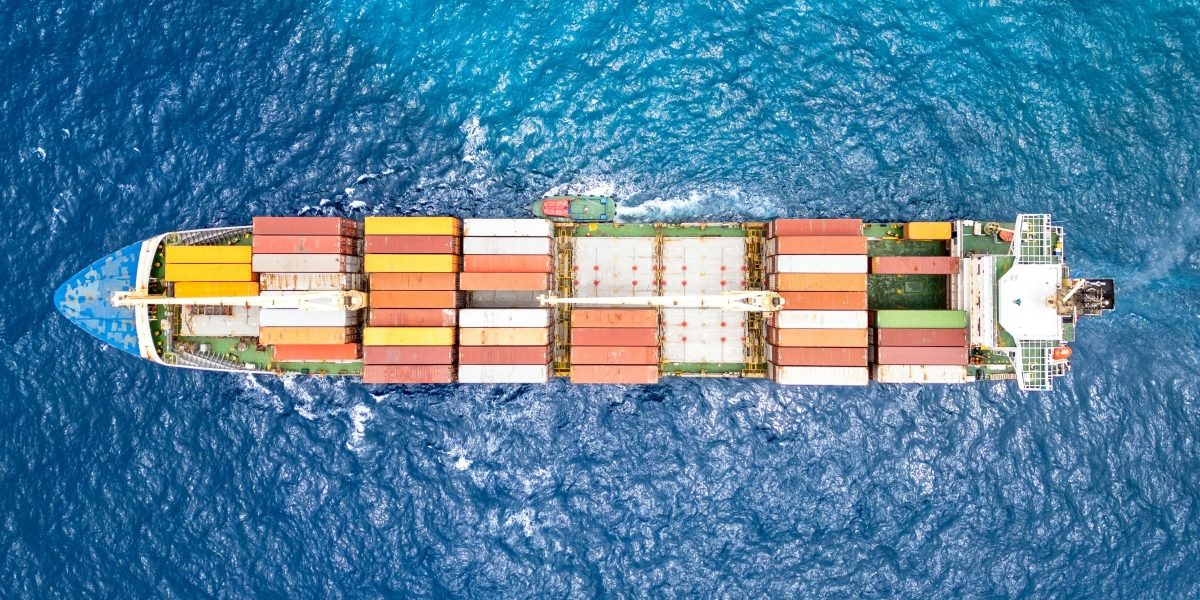If you’re looking for a cost-effective option to move goods internationally, sea freight can be a practical choice for shipping large volumes.
With increasing logistics costs and complex global supply chains, finding strategies to reduce expenses and simplify shipments is essential. This guide covers sea freight, its benefits, different types, and ways to help optimize your shipping process for better efficiency. Check it out.
What Is Sea Freight?
Sea freight involves transporting goods by cargo ships. It plays a massive role in global trade, moving bulk shipments over long distances at a lower cost than other shipping methods.
Key Features of Sea Freight
- Bulk capacity – Can handle large shipments at once.
- Cost-efficient – Cheaper than air and rail freight for international transport.
- Ideal for non-urgent cargo – Suitable for goods that do not require immediate delivery.
Advantages of Choosing Sea Freight
Cost-Effectiveness
Sea freight can be a more affordable option for long-distance shipping compared to air freight. While air transport is faster, it tends to be more expensive per weight. Sea freight allows for shipping larger quantities at a lower cost.
Sustainability
Sea transport has a lower carbon footprint compared to air transport. Ships emit less CO₂ per ton of cargo, making it an eco-friendly shipping method. According to industry reports, sea freight produces about 3-5 times fewer emissions than air freight.
Scalability and Versatility
Sea freight accommodates various cargo sizes, from small parcels to massive industrial equipment. It’s ideal if you are transporting consumer goods, raw materials, and vehicles.
Types of Sea Freight Services
Full Container Load (FCL)
- You can use FCL when you have enough goods to fill an entire container.
- Lower cost per unit for bulk shipments.
Tip: If your shipment is fragile or requires special handling, FCL minimizes the risk of damage since the container is not shared with other goods.
Less than Container Load (LCL)
- Shared container space for smaller shipments.
- It is cost-effective if you do not need a full container, but due to multiple stops, transit times may be longer.
Tip: To avoid potential delays, help with proper labeling and secure packaging, as LCL shipments undergo more handling than FCL shipments.
Roll-on/Roll-off (RoRo)
- Ideal for shipping vehicles and machinery.
- Standard in the automotive and heavy equipment industries.
Tip: For added protection, check if your vehicles are properly secured and inspected before shipping to prevent any transit damage.
Bulk Shipping
- Used for large quantities of loose commodities like coal, oil, and grains.
- This requires specialized bulk carriers.
Tip: Work with an experienced freight forwarder to optimize bulk shipment routes and reduce handling costs.
Primary Considerations for Sea Freight Shipping
Transit Times and Delivery Schedules
Sea freight takes longer than air freight, often weeks to months, depending on the destination. Therefore, you must plan your shipments well in advance.
Documentation and Customs Requirements
- Bill of Lading (BoL)
- Commercial Invoice
- Packing List
- Customs Declaration
Mistakes in paperwork may lead to costly delays. Working with experienced freight forwarders helps compliance with international regulations.
Costs Beyond Freight
Shipping costs go beyond freight rates. You should also account for:
- Port charges
- Customs duties and tariffs
- Cargo insurance
Risk Management
Shipping can involve risks like delays, damage, or unexpected events, such as bad weather or labor strikes. Cargo insurance can help mitigate potential financial losses, and working with trusted shipping companies can offer added reassurance.
Sea Freight vs. Other Shipping Methods
Sea Freight vs. Air Freight
- Cost: Sea freight is cheaper.
- Speed: Air freight is faster.
- Use case: Air freight is ideal for urgent shipments; sea freight is better for bulk goods.
Sea Freight vs. Rail Freight
- Rail freight: Faster than sea freight but limited to land routes.
- Sea freight: More economical for global shipping.
Practices for Businesses Using Sea Freight
Select the Right Freight Service
- Assess cargo size, urgency, and destination.
- Compare FCL and LCL options for cost efficiency.
- Consider seasonal demand and booking space in advance to avoid peak-season surcharges.
- Partner with freight forwarders who offer volume discounts for regular shipments.
Packaging for Sea Freight
- Use waterproof and impact-resistant packaging.
- Secure items to prevent shifting during transit.
- Consider using moisture-resistant materials to help protect goods from humidity and saltwater exposure.
- Label packages clearly with handling instructions to minimize mishandling at ports.
Monitor and Track Your Shipments
- Use digital tracking tools for real-time updates.
- Work with freight forwarders that provide transparent shipment tracking.
- Set up automated alerts for key milestones in the shipping process.
- Keep a backup plan in case of unexpected delays, such as alternative carriers or expedited customs clearance services.
Conclusion
Sea freight can be a cost-effective option for businesses moving large cargo across borders. Compared to air and rail freight, it offers advantages in scalability, sustainability, and affordability. By understanding different shipping options, managing risks, and optimizing logistics, businesses can reduce costs and improve efficiency. With the right strategies and shipping partners, sea freight can help streamline your supply chain. Consider optimizing your sea freight process to save money and support business growth.
Disclaimer: The information provided in this guide is for general informational purposes only. While every effort has been made to ensure the accuracy of the content, the author and publisher make no guarantees regarding the effectiveness or applicability of the sea freight strategies described. Readers should consult with a professional logistics provider or freight forwarder to assess specific needs and requirements. The author is not responsible for any errors, omissions, or actions taken based on the information presented.
Published by Drake M.

















